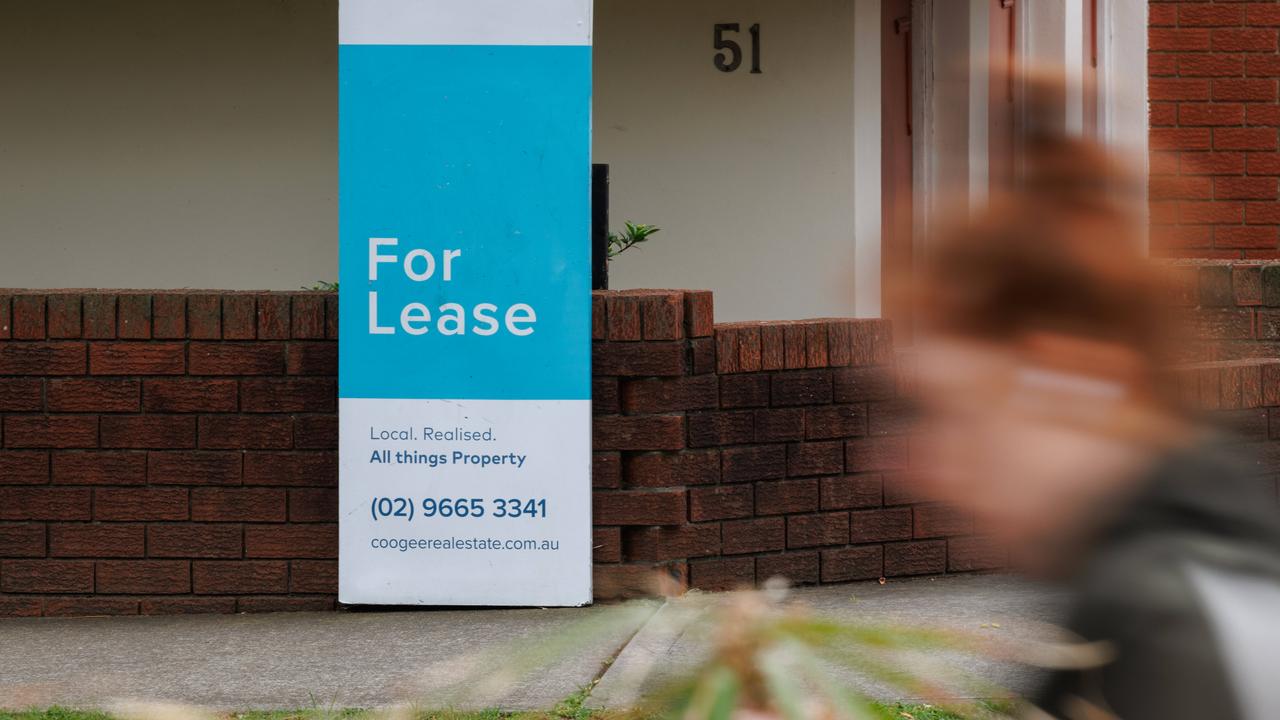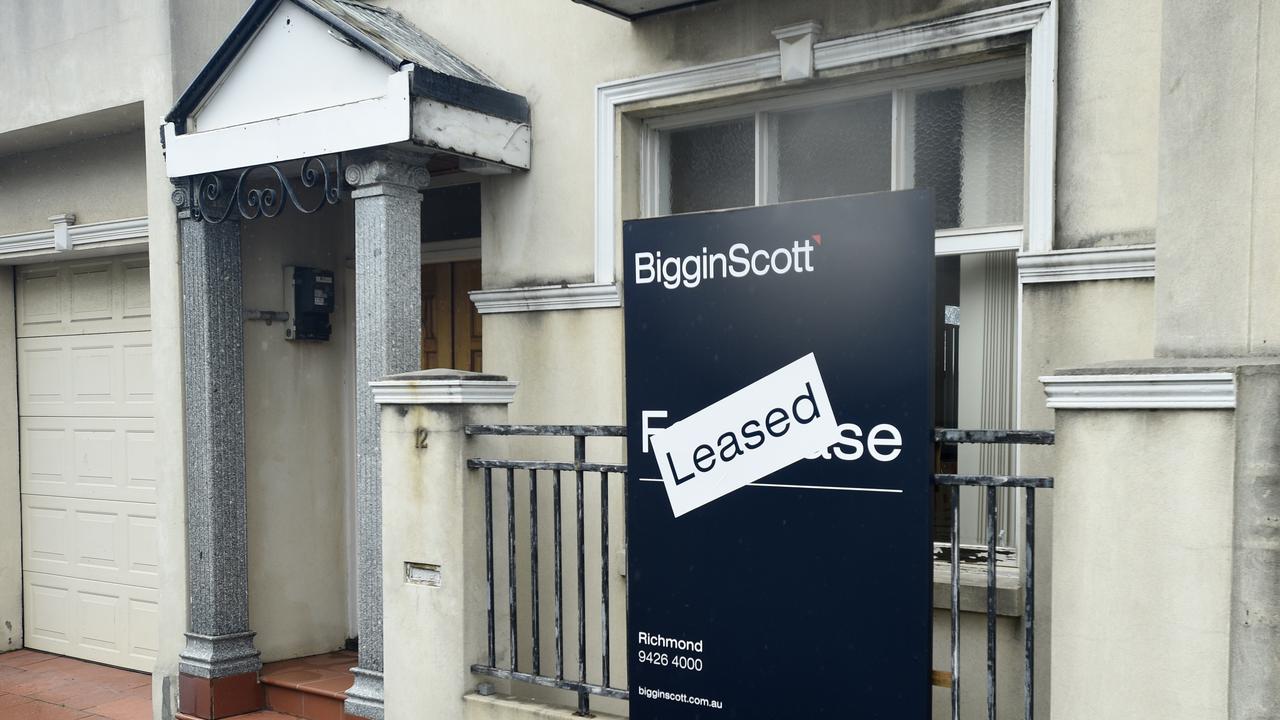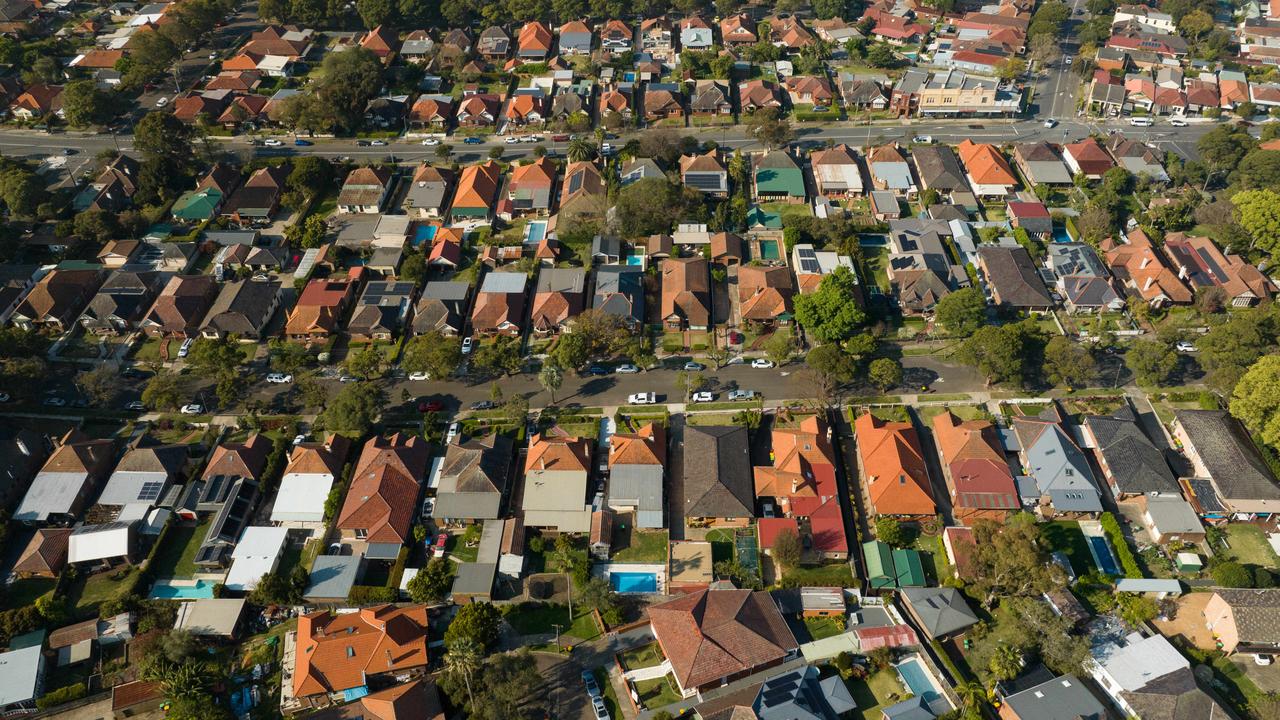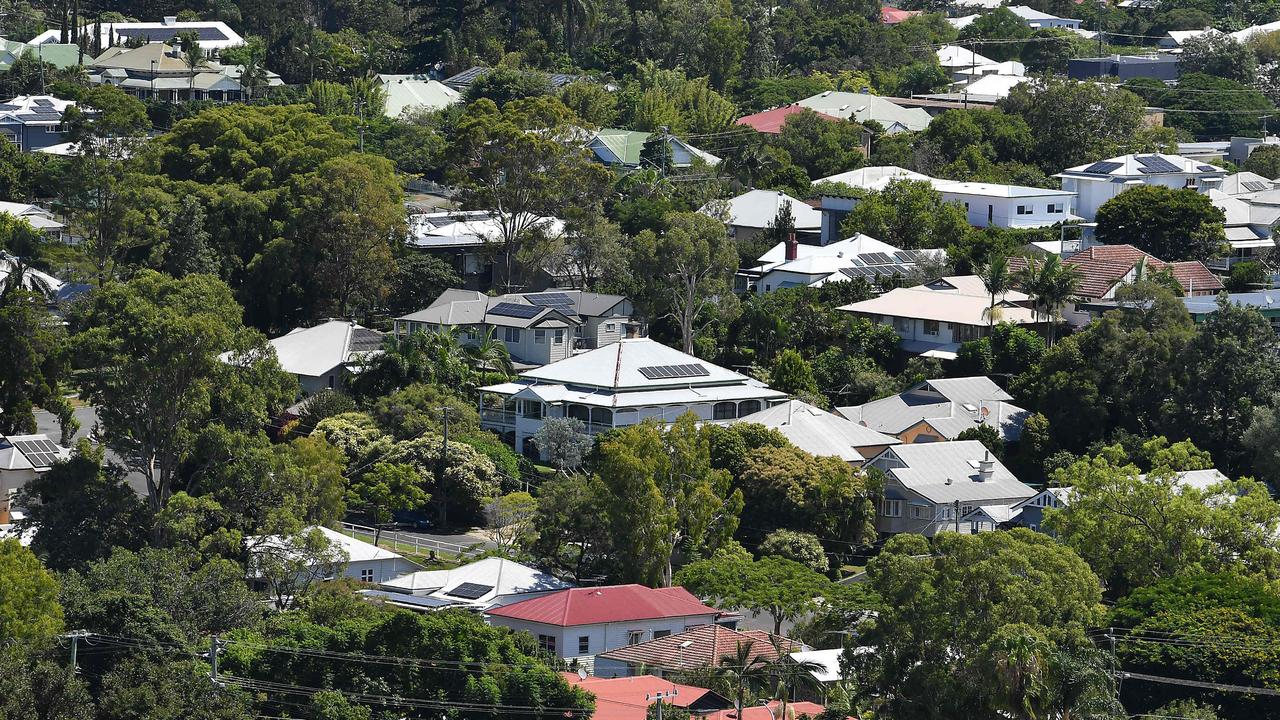PropTrack data reveals national median rents rose by 7 per cent over the year to September
The challenging rental market has slowed for the first time in three years, but it’s not enough for people to be able to afford where they want to live.

Aussie rent prices are slowing but not at enough pace to assist those looking for affordable housing.
The challenging rental conditions detailed in the PropTrack Rental Report for September 2024 found national median rents rose by 7 per cent over the year to $610 per week in September.
It’s the slowest annual growth recorded since September 2021 and half the rate of growth in the year to September 2023.

REA Group director of economic research Cameron Kusher said there were several reasons for the rate of rental growth decelerating.
“The pressure is easing,” he said.
“We’re starting to see a slowdown of overseas migration into the country, that’s helping.
“But people don’t have capacity to pay more for their rental properties.
“They (rents) have risen much faster than wages have.”
Mr Kusher said inflation played a huge factor on people’s decision to look elsewhere for cheaper living options, whether that’s in the outer suburbs or relocating to regional areas.
“Inflation is still very high, costs has gone up,” he said.
“People have tapped out on their capacity to pay more and are moving into less central locations or moving into share houses.
“What you can see is when you look at the capital cities, the strongest conditions are particularly in the more outer affordable areas.”
Mr Kusher said in popular places like Sydney, there would normally be higher interest in rentals in the eastern suburbs and northern beaches, but now people are opting for places like Liverpool, the southwest and the outer west to secure a rental property.
“It’s not necessarily preference to live in those markets, it’s more people can only afford there anymore,” he said.
“In response to higher rental costs, tenants may look to reduce the size of their rental, move to a less desirable location or share their rental property with others to reduce the cost.
“This was evident across the country, where more affordable rental markets in outer areas and regions have typically seen stronger rental growth, lower supply and higher demand, while higher-priced inner-city markets typically saw lower rental growth, higher supply and lower demand.”

People living in capital cities were paying a median rent of $640 per week in September, up 1.6 per cent over the quarter and 6.8 per cent over the year, according to the data.
In the regions, rents increased at an even greater rate to $540 per week in September, having increased 1.9 per cent from June and 8 per cent a year ago in September 2023.
Meanwhile, the total number of properties advertised for rent nationally has soared to the highest level since June 2014, with 10.2 per cent more rentals advertised compared with September 2023.
The report found the number of first-home buyer loans over the year to August 2024 was up 8.9 per cent compared with the previous year, while the annual number of loans to investors increased by 16.8 per cent.
Mr Kusher said continued rent hikes was the likely cause in more first-home buyers entering the market.

He said this could be a factor in why more rental properties were on the market.
“Investors mean more rental stock and if people are becoming first-home buyers … (they likely) leave a rental property to occupy their new home,” Mr Kusher said.
“The challenging rental conditions have also likely encouraged more renters with the means to exit the rental market and purchase their own property.
“However, this is not possible for a large cohort of renters.
“As rental growth has slowed and supply increased, the market appears to be beginning the transition from one that was strongly in favour of landlords towards more balanced conditions.”
The data also found the number of new and total listings was up annually in capital cities by 11.9 per cent and 14.6 per cent respectively.
However, when it came to the regions, there was a significant difference in the number of new and total listings, which were down 0.4 per cent and 1.2 per cent respectively due to tightened supply over the year to September.
Mr Kusher said he didn’t believe any change in inflation would “make a huge impact straightway” to rental pressures.
“Our expectations is that the rents will continue to rise, but the pace will continue to slow,” he said.
The Reserve Bank of Australia says the inflation rate is still too high to justify lowering the cash rate, which sits at 4.35 per cent.
It has previously detailed that inflation is “still some way above the midpoint of the 2-3 per cent target range”.






